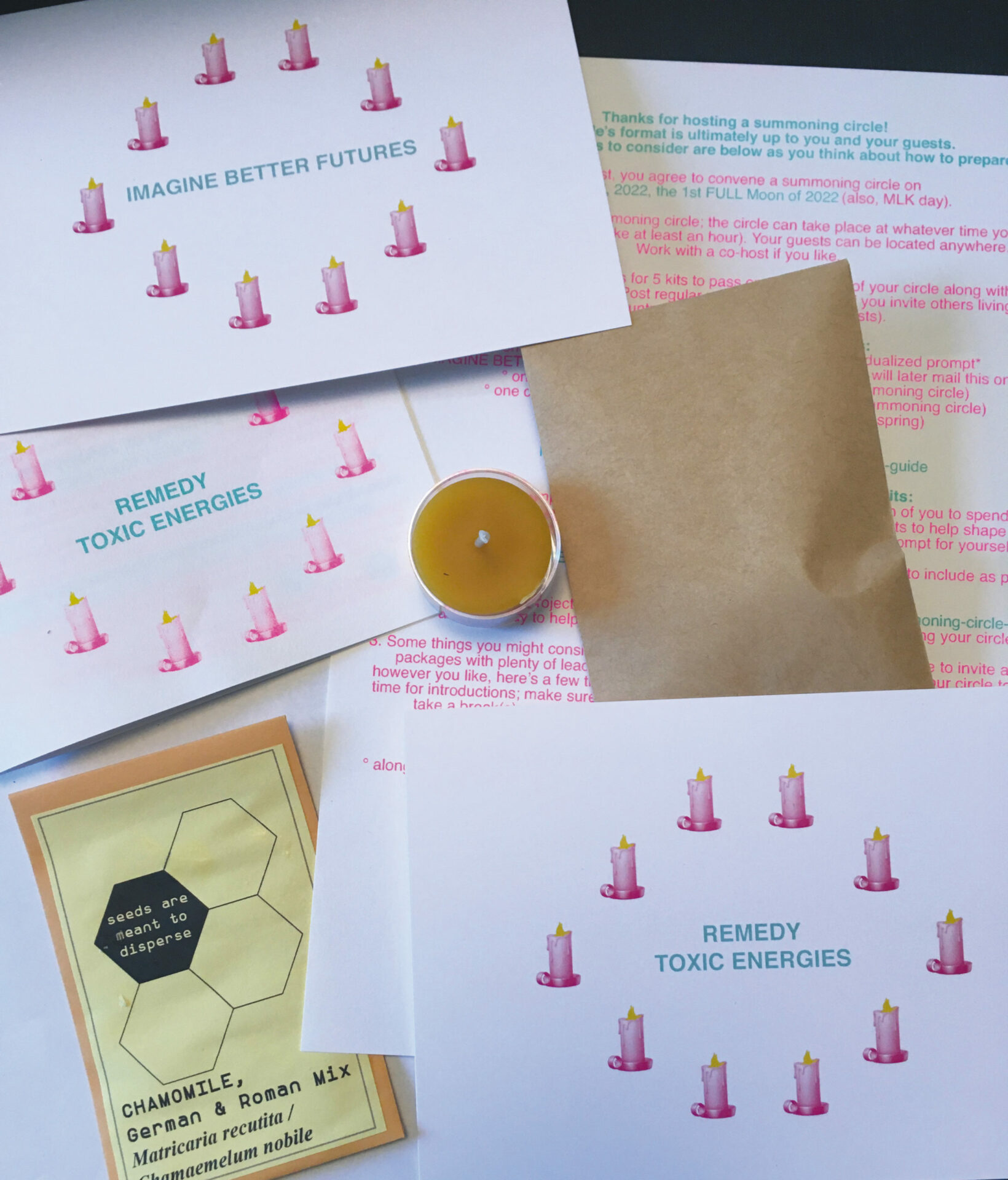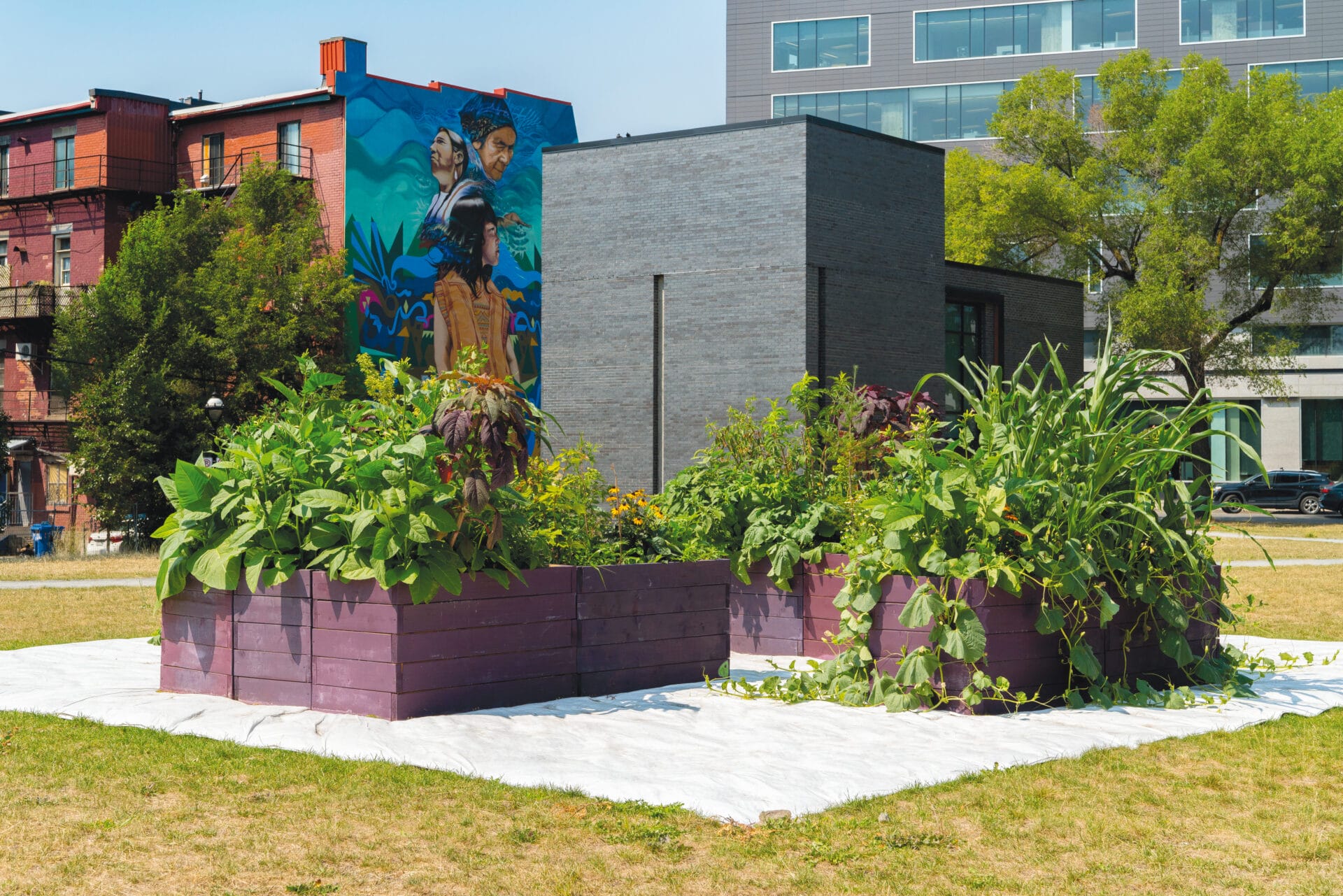
Photo : courtesy of the artist & Galerie Maïa Muller, Paris
Over twenty-five years, Myriam Mihindou has constructed a singular and equivocal body of work affirming the therapeutic role of art. Therapeutic rituals are indeed central to her artistic approach, as the organic materials that she uses testify. These materials (paraffin, cotton, kaolin, tea, wax, and others) — associated with purification and healing — serve as vectors of energy and tension to reveal the spiritual and sensorial substance of the body. A nomad at heart (she has lived in Egypt, Morocco, Gabon, and France, and on the island of Réunion), Mihindou uses her geographic and cultural encounters to test the limits of the senses and bring to light a poetic archeology of the body. She performs with, sculpts, photographs, and films her own body, a catalyst for vivid memories, in raw and sensitive works. Through veritable self-sacrifice, she exposes the tensions and wounds of her personal history and her experience living in a racialized and sexualized body. Born in 1964 in Libreville, Gabon, to a French mother and a Gabonese father, Mihindou reveals the schism of the mixed-race body, torn between the colonizer and the colonized, white and black, purity and impurity, feminine and masculine. Yet in a broader sense, she is interested in all injunctions against the human body. In the spirit of care in a ritualized form, she creates a powerful plastic language for calming body and soul. For example, in the video La Robe envolée (2008), she performs a kind of physical and emotional catharsis of a body thwarted by taboos. Through this trance-like performance, she liberates her mixed-race nomadic body, tamed by education, law, history, and society. The artist as therapist juxtaposes sculpture, performance, video, and photography to produce images that induce sometimes painful or sensual physiological and psychological phenomena, as in the series Sculptures de chair (1999–2000).




